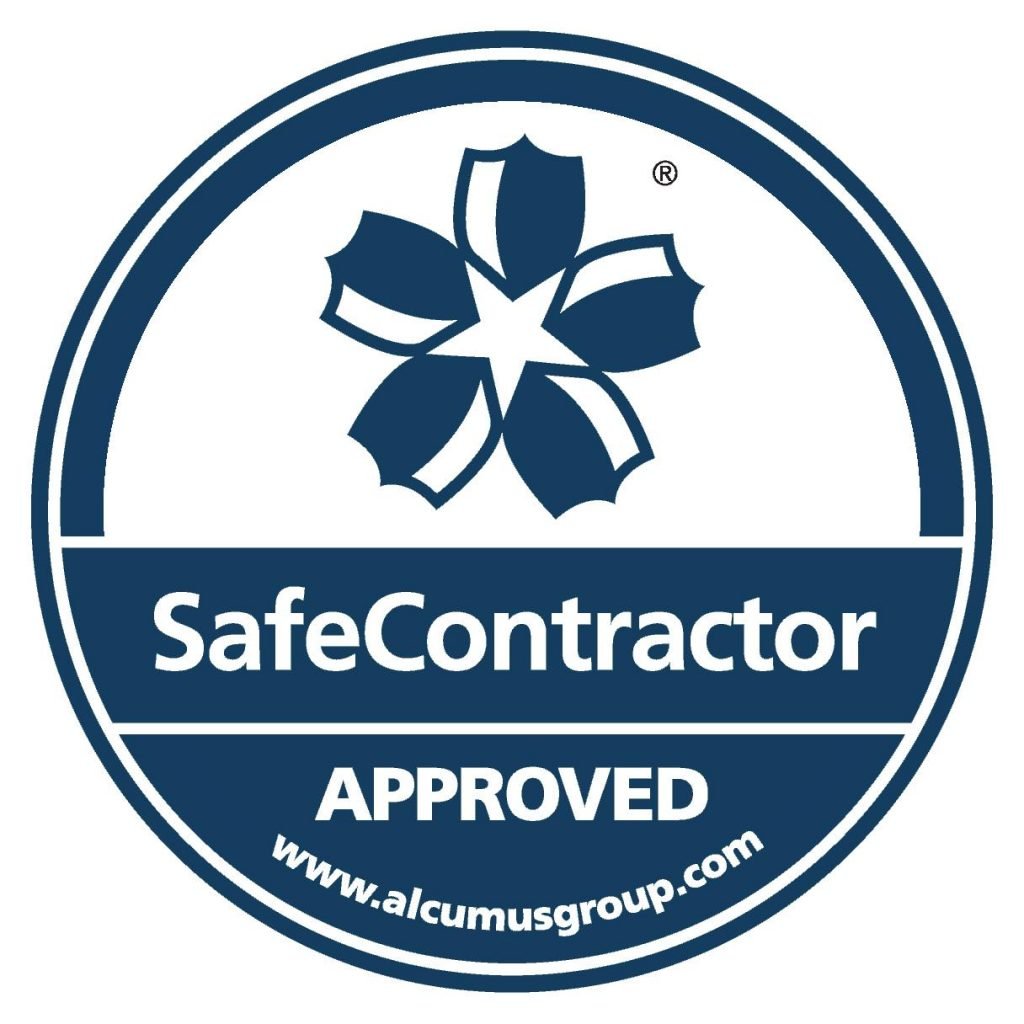What Does Landfill Diversion Mean For Us?
Each year the UK households produce over 26 million tonnes of waste every year, according to a report provided by the Department for Environment, Food and Rural Affairs (DEFRA). From the 26 million tonnes produced, only 12 million tonnes are recycled, the remaining 14 million tonnes are sent to our landfill sites.
If these figures are not harrowing enough, as a planet a staggering 2.12 billion tonnes of waste is disposed of annually: 99% of what we purchase ends up in our bins within six months.
There is some hope.
With more and more businesses and households becoming progressively aware of their effect on the environment, more are increasing the amount of waste they recycle, crucially diverting waste from landfill sites. According to the most recent waste statistics by DEFRA, the UK has reduced the amount of biodegradable municipal waste (BMW) sent to landfill from 7.4 million tonnes in 2017, to 7.2 million tonnes in 2018. Although this may not sound like much of a decrease, these figures show the UK is still on track to meet the EU target – restricting all BMW sent to landfill to 35% of the 1995 baseline by this year.
There are so many positives in diverting waste away from our landfills. Landfill diversion not only benefits our businesses and households, but it also has a positive impact on our country and our planet.
The Landfill Directive
Landfills have been the UK’s dominant waste management option since the Public Health Act 1875. It was around this time that households and businesses were required to put their waste into dustbins for collection and disposal by their local authorities. However, the European Directive on landfill waste now aims at reducing the dependency countries have on landfill sites as a disposal option.
The Landfill Directive works towards reducing the implications landfills have on the environment and human health, by imposing consistent minimum standards for all landfills across the EU. The overall aim is to reduce the proportion of municipal waste sent to landfill to 10% or less of the total amount of municipal waste generated by 2035.
For the UK, the directive set out demanding targets on reducing the BMW sent to landfills. On top of the EU-wide goals, the UK had a step-by-step plan to reduce its figures from 1995. By 2010, the biodegradable waste landfilled was to be reduced to 75% of the same statistics in 1995. Then, three years on, the target would be 50% of 1995. Resulting in 2020, where only 35% of the BMW produced in 1995 would result in landfill sites.
Why is Waste Diversion Important?
Landfill sites have an extremely damaging effect on our environment. When landfills were first used as a waste management option, there were no regulations as to what could or could not be buried beneath the earth. So much so, we are still paying the price for our carelessness today.
One of the biggest implication of landfills is the negative effect on our air quality. As organic material decomposes in the ground, the potent greenhouse gas methane is released into our atmosphere. This methane mixes with our increased levels of carbon dioxide and nitrous oxide and pollutes our environment. It is these greenhouse gas emissions that accelerate climate change and global warming through the greenhouse effect.
Similarly, by burying metals, electronics, as well as organic and hazardous waste in landfills, toxic leachate is produced. Leachate is water that has percolated through this decaying waste and is consequently contaminated by their constituents. This water is found to contain high levels of toxic metals, ammonia, toxic organic compounds and pathogens. When this water enters our rivers and waterways, it can have a fatal effect on aquatic life.
Working out your Waste Diversion Rate
Many companies have already tuned in to waste diversion and, when they promote their recycling programs, these businesses announce there ‘high waste diversion rate,’ but what does this mean?
A waste diversion rate relates to the amount of waste a company/household removes without using incinerators or landfill sites. In order to improve on their current standing, it is advised that a corporation conducts a waste audit and calculates their starting waste diversion rate.
By thoroughly assessing how much waste you produce and the different types of waste you dispose of, the final step is to pop your figures into the formula.

Once this figure has been calculated, it is easy to monitor your progress and put waste diversion programs in place to improve. If you are just starting out, aim to improve your waste diversion rate from 0 up to 50% within the first year or so. This step can easily be achieved by conscientiously separating recyclable material from the rest of your waste.
To step your rate up to around 75%, it can be worth considering an organic waste collection. For example, any commercial food waste or food surplus can be completely diverted from landfill and this can then be treated and converted into a renewable energy source.
Implementing Landfill Diversion Methods
At Fresco Environmental, we pride ourselves on our zero waste to landfill solutions when it comes to waste disposal. With our ‘Challenge Fresco’ ethos, we are continually looking into different waste streams; striving to find recyclable solutions for all your waste and avoiding sending any BMW to landfill sites.
We can help revise your waste reduction model with our multiple recycling services. At Fresco, we can recycle your commercial food waste, electronic waste (WEEE waste), hazardous liquids, and metal, all of these options are in addition to recycling plastic, paper and cardboard waste and more.
If you are looking for a cost-effective way to increase your waste diversion rate through increased recycling and a zero waste to landfill approach, we will endeavour to meet your business waste needs. Contact our friendly team today for further information, please call us on 0151 423 9900 or send us your queries to info@frescoenvironmental.com.


